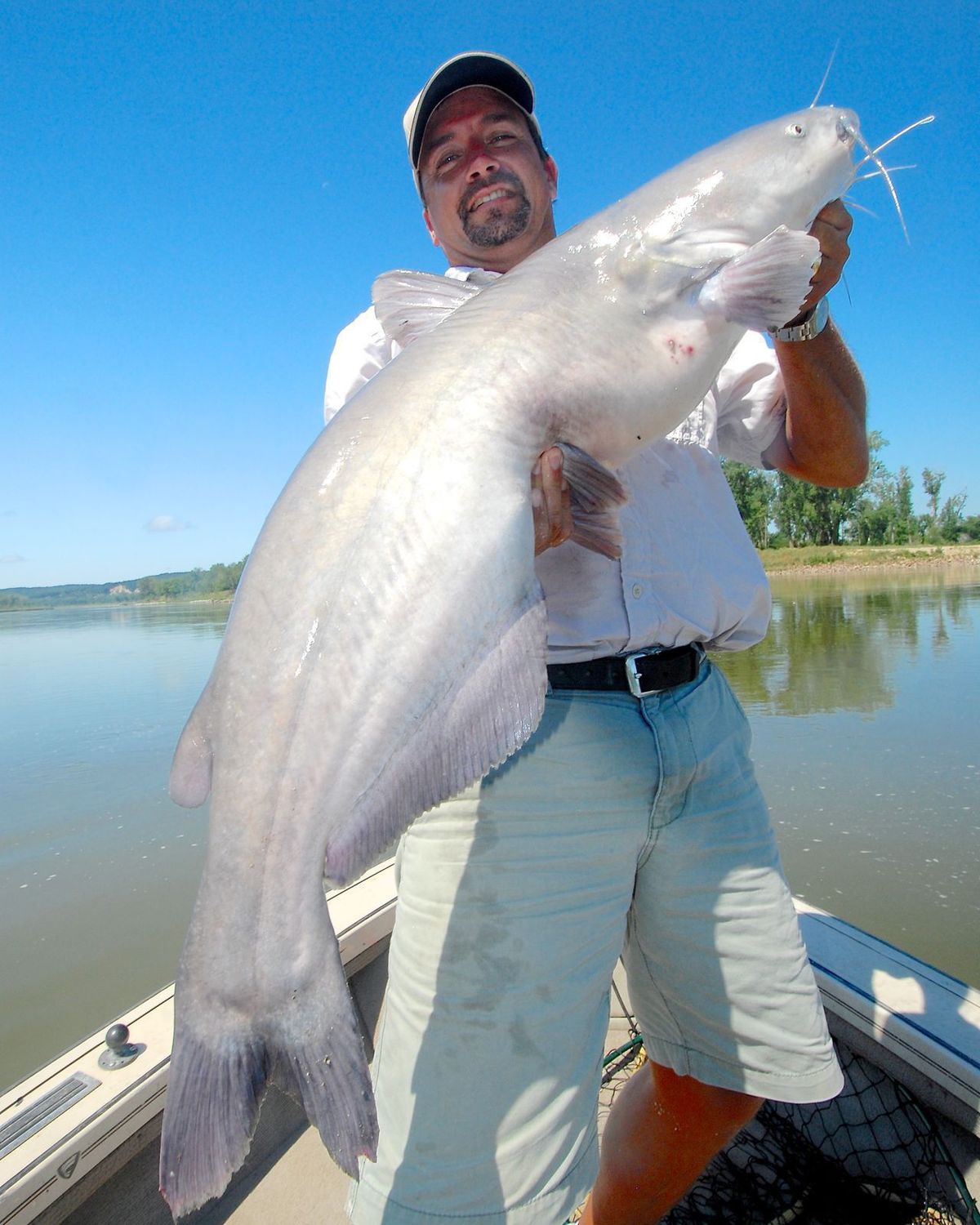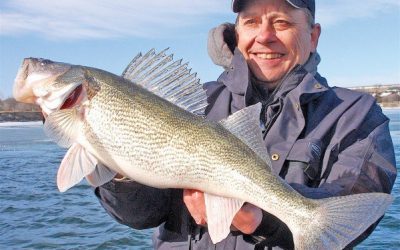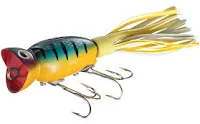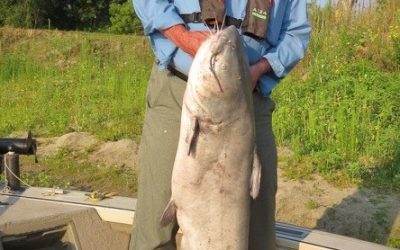SLOAN, Iowa | I stood on the boat ramp just below of the mouth of Winnebago Bend and watched the Missouri quietly pulse its way along. Low, scudding clouds slipped overhead and spit out the occasional drops of rain I could feel on my bare arms.
I was waiting for Pat Carter, Elk Point, S.D., to show up with his boat. He would have collected our bait, gizzard shad, with his cast net at Browns Lake. The young-of-the-year shad would be crammed into a ziplock bag and thrown on ice in the cooler. When cut into small pieces and speared on our hooks, they would become the bait that might lure channel or blue catfish to take a bite.
When Pat arrived, we dumped his boat into the river. He fired up the 150-horse outboard and pointed the bow upstream. We ran a couple of miles, and then began drifting back.
Our goal was to catch a big blue catfish, but if a channel catfish wanted to bite, we’d not object.
It seems that blue catfish are making their way up the Missouri in greater numbers the past few years. We’re not exactly sure why but more of them are being caught than previously.
Of course, it may be that we were not fishing correctly for them in the past.
It seems, from what we have been able to gather the past few years, virtually all blue catfish have been caught by anglers drifting their baits downstream rather than anchoring.

This 23-pound blue catfish was caught by Pat Carter, Elk point, S.D. as we drift fished the Missouri River. Pat heads up the Cat Attack tournament Aug. 13, on the river here and expects to weigh in several blues this year.
Pat heads up the Cat Attack catfish tournament on the Missouri, headquartered at the South Sioux City Boat Ramp. The event began back in 2004 and was won by Pat’s brother, Daryl Carter and his partner, Matthew Carter, both from Jefferson, S.D., with a total weight of 40.92 pounds.
“It seems like in years past, all you needed to do was land a limit of channel cats and you would win the tournament,” Pat said. “However, now it seems you need to have a big blue to bump up your weight to win.”
In 2014 a 55.5-pound blue cat was weighed in.
his year’s event will be Aug. 13. Check out www.thecatattack.com for entry blanks and details. Right now there are 29 teams registered and by the day of the tournament, the number should be over 40. Entry fee is $125 per team with $140 per team after Aug. 5 and $150 the morning of the tournament.
While the number of blue cats weighed in recent tournaments is rather small, it’s interesting that in the early tournaments no blues were weighed at all.
For the past three years I’ve joined Pat for a drift fishing trip on the Missouri with a goal of landing a blue catfish. Each year one of us has landed one over 20 pounds. Last year, one of Pat’s friends landed one nearly 60 pounds while drifting with him.
As we motored a few miles upstream, we both noted that the river seemed to be down a bit from normal levels. That would not be good. Big blues like big water.
Our first drift resulted in the loss of what we think was a big fish. It grabbed Pat’s bait and headed for mid river. We’ve seen blues do that before. But when Pat set the hook, the fish was gone.
Our approach to drift fishing is pretty simple. We use 8-foot Shakespeare heavy catfish rods with casting reels loaded with heavy line. Pat uses 30-pound mono, I spool with 60-pound braid. Pat prefers a 7/0 Eagle Claw Kahle hook, black nickel plated, for his catfish. The past couple of years, I’ve been using 8/0 circle hooks manufactured by RippinLips.
For drift fishing, we use three-way rigs, a 4-ounce sinker on a foot-long dropper and a leader of about 30 to 40 inches of 40-pound mono.
We drop down the bow mounted electric motor and run it so it slows our drift somewhat as we slip downstream. We stay in contact with the bottom by lifting and dropping our sinkers.
We drift the outside bends and it seems some areas of the river hold more catfish than others. We’re not sure why.
The Missouri River is home to three different species of catfish.
Channel cats and flatheads are the most numerous, but it seems a growing number of blues are also present.
A 10-pound channel cat is pretty big for this section of river, but the flatheads are monsters. Flatheads in the 40- to 60-pound range are caught here every year.
A year ago an Iowa Department of Natural Resources research team shocked up a flathead which if caught by hook and line would have been a new state record. The fish came from behind a wing dam in the Sergeant Bluff area.
The fish weighed 82 pounds and was 53.5 inches long. The current record is 81 pounds and 52 inches.
While you can catch big flatheads anytime, it seems more are caught in early fall than any other time. I think they are moving a lot more and migrating to their wintering areas. To consistently catch flatheads, you should use large, live baits. Occasionally, however, we take one on cut baits as well.
Some anglers have difficulty identifying a blue catfish, but it is really pretty simple. Look at the anal fin. If the edge is as straight as a ruler it is a blue, if it is rounded, it is a channel catfish. Channel catfish lose their spots at about three or four pounds so a lot of people mistake them for blue catfish.
We fished from about 9:30 a.m. to about 3:30 p.m., and caught a 23-pound blue and five channel catfish ranging from about 2 to 5 pounds.
The catching was slower than other trips we have made, but when you can catch a blue over 20 pounds, that’s a big accomplishment.
We’ll be back soon. We’re confident a blue over 50 pounds swims out there and we would love to catch her. Just so the fishing gods know, we’d release her to be caught again





0 Comments